Agentic AI Use Cases: How Agentic AI Can Transform Smart Homes – Real-World Examples and Applications
Agentic AI has the potential to revolutionize Smart Homes by introducing unprecedented levels of autonomy, adaptability, and intelligence. Unlike traditional Smart Home systems that rely on pre-programmed rules or user-initiated commands, Agentic AI can act autonomously, learn from user behavior, and make decisions in real time. This transformative technology is already being implemented in various ways, as demonstrated by cutting-edge solutions available today.
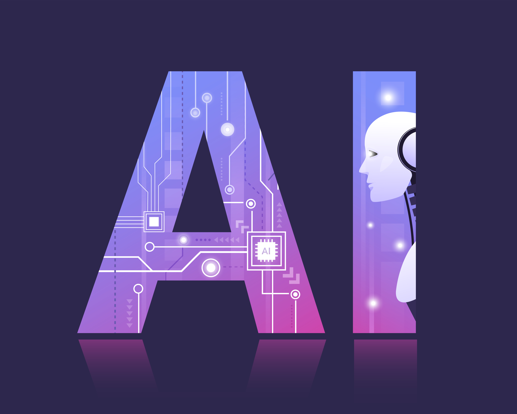
In this article, we’ll explore how Agentic AI can transform Smart Homes and highlight real-world examples that showcase its capabilities.
Proactive and Context-Aware Automation
One of the most significant advantages of Agentic AI is its ability to anticipate user needs and act proactively. For instance, Amazon Alexa with Proactive Hunches uses machine learning to suggest actions like turning off forgotten lights or adjusting thermostats based on past behavior.
When users grant permission, Alexa can even execute these actions autonomously. Similarly, Google Nest Hub with Soli Radar detects motion and presence in a room, automatically adjusting lighting and temperature settings without requiring explicit commands. These examples illustrate how Agentic AI can create a seamless, context-aware living environment.
Personalized Experiences
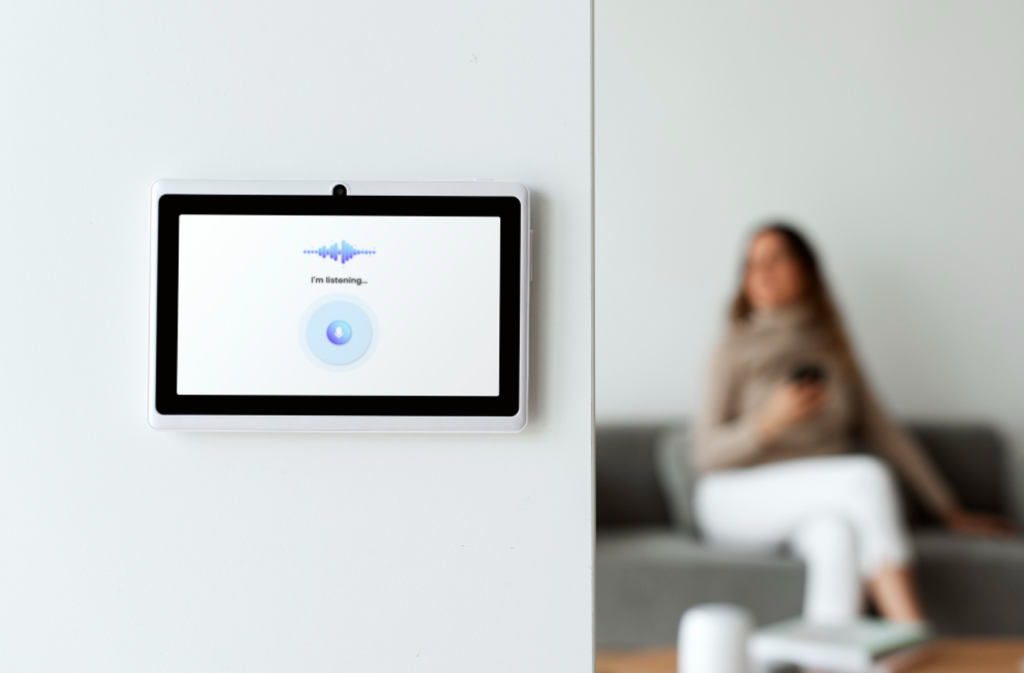
Agentic AI can tailor smart home environments to the unique preferences of each household member. Take Samsung SmartThings Automation, for example. This platform allows users to create routines that trigger specific actions based on conditions like time of day or location. Advanced integrations with AI enable predictive automation, such as preheating the oven when you’re on your way home or adjusting blinds based on sunlight intensity.
Additionally, devices like Oura Ring use biometric data to provide personalized wellness recommendations, such as optimal sleep schedules and recovery times. By leveraging Agentic AI, Smart Homes can cater to individual lifestyles and health needs.
Seamless Multi-Device Coordination
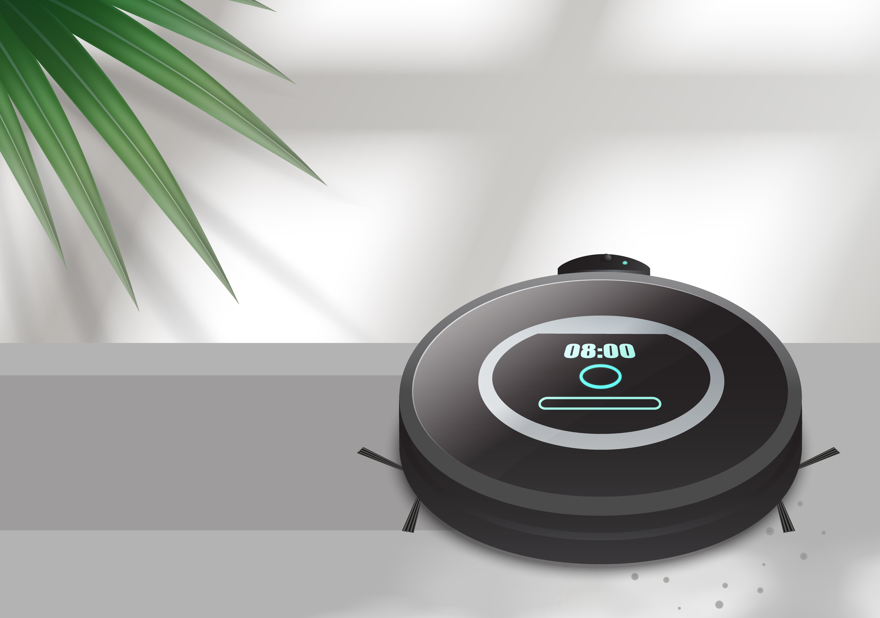
Smart Homes often consist of numerous interconnected devices, which can sometimes lead to inefficiencies if not managed properly. Agentic AI serves as a central orchestrator, ensuring all devices work together harmoniously. For example, iRobot Roomba with Imprint™ Technology maps homes, learns cleaning schedules, and adapts to changing environments. It can decide when and where to clean autonomously, avoiding obstacles and emptying its own dustbin in premium models. Likewise, Tesla Full Self-Driving (FSD) Beta demonstrates how autonomous systems can navigate complex tasks, such as parking or highway merging, with minimal input. These examples highlight how Agentic AI enables seamless coordination across devices, enhancing convenience and efficiency.
Predictive Maintenance
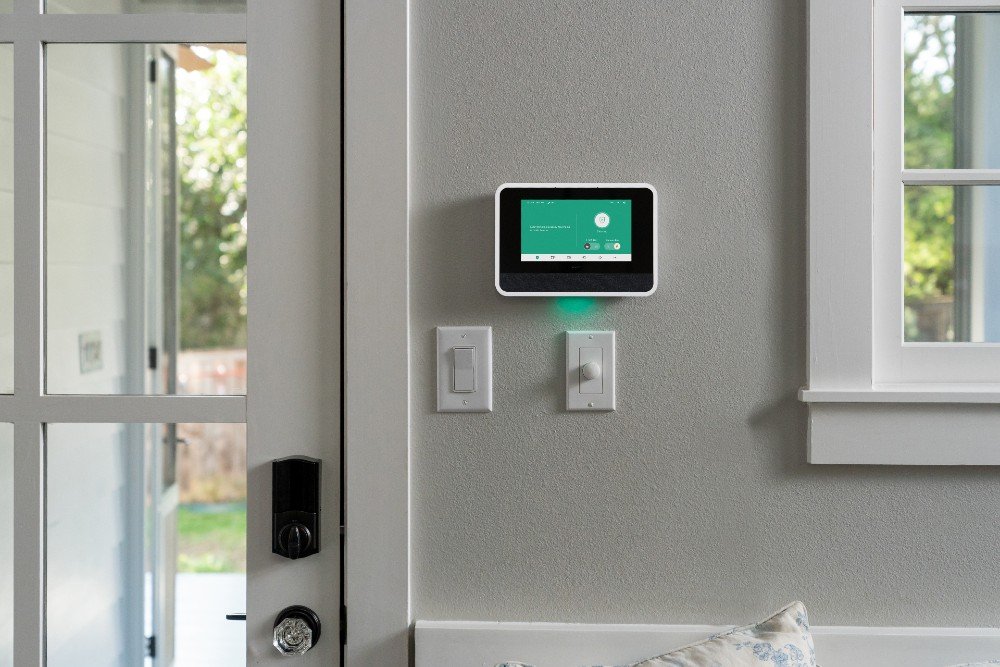
Agentic AI can predict when devices or systems are likely to fail and take preemptive action to prevent issues. For instance, Vivint Smart Home Energy System integrates solar panels, battery storage, and AI to optimize energy usage and reduce costs. The system predicts energy demand and supply, shifting loads to maximize efficiency and savings. Similarly, John Deere See & Spray Technology uses computer vision to identify weeds in crops and applies herbicides only where needed, reducing waste and improving sustainability. While primarily used in agriculture, this concept can be adapted to predict and address issues in smart home appliances before they escalate.
Enhanced Security and Safety
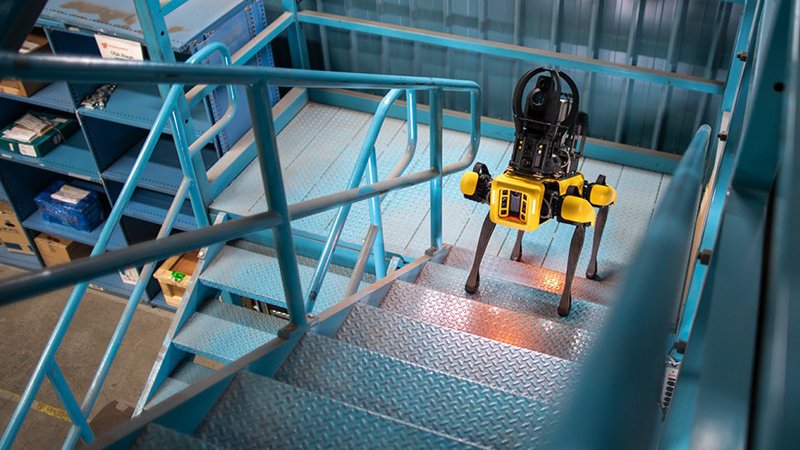
Security is a top priority for Smart Homes, and Agentic AI significantly enhances safety by acting autonomously in response to threats. For example, Zipline Delivery Drones demonstrate how AI can manage complex tasks, such as navigating routes and avoiding obstacles, entirely autonomously. Translating this to Smart Homes, systems like Boston Dynamics Spot Robot could patrol properties, detect intruders, and notify authorities without human intervention. Moreover, Ada Health App showcases how AI can monitor health metrics and flag anomalies, ensuring both physical and digital safety within the home.
Learning and Continuous Improvement

Unlike static systems, Agentic AI evolves over time by learning from user interactions and environmental feedback. Platforms like Netflix Recommendation Engine analyze viewing habits to refine content suggestions, while Duolingo Max adapts language lessons to individual proficiency levels using GPT-4. Similarly, smart home systems like Amazon Alexa and Google Nest continuously improve their understanding of user preferences, making them more intuitive and effective over time.
Conclusion
In conclusion, Agentic AI is poised to transform Smart Homes into intelligent, adaptive environments that cater to individual needs, enhance comfort, improve efficiency, and ensure safety. From proactive automation and personalized experiences to predictive maintenance and enhanced security, the possibilities are vast. Real-world examples such as Amazon Alexa, Google Nest, iRobot Roomba, and Vivint Smart Home demonstrate the tangible benefits of Agentic AI in action. As this technology continues to evolve, we can expect even greater levels of autonomy and sophistication in Smart Home applications.
Tech Munk provides broad range of Smart Automation Solutions for Homes, Offices, Work Spaces and Shops. Checkout our Automation Services and get a free 15 mins consultation.




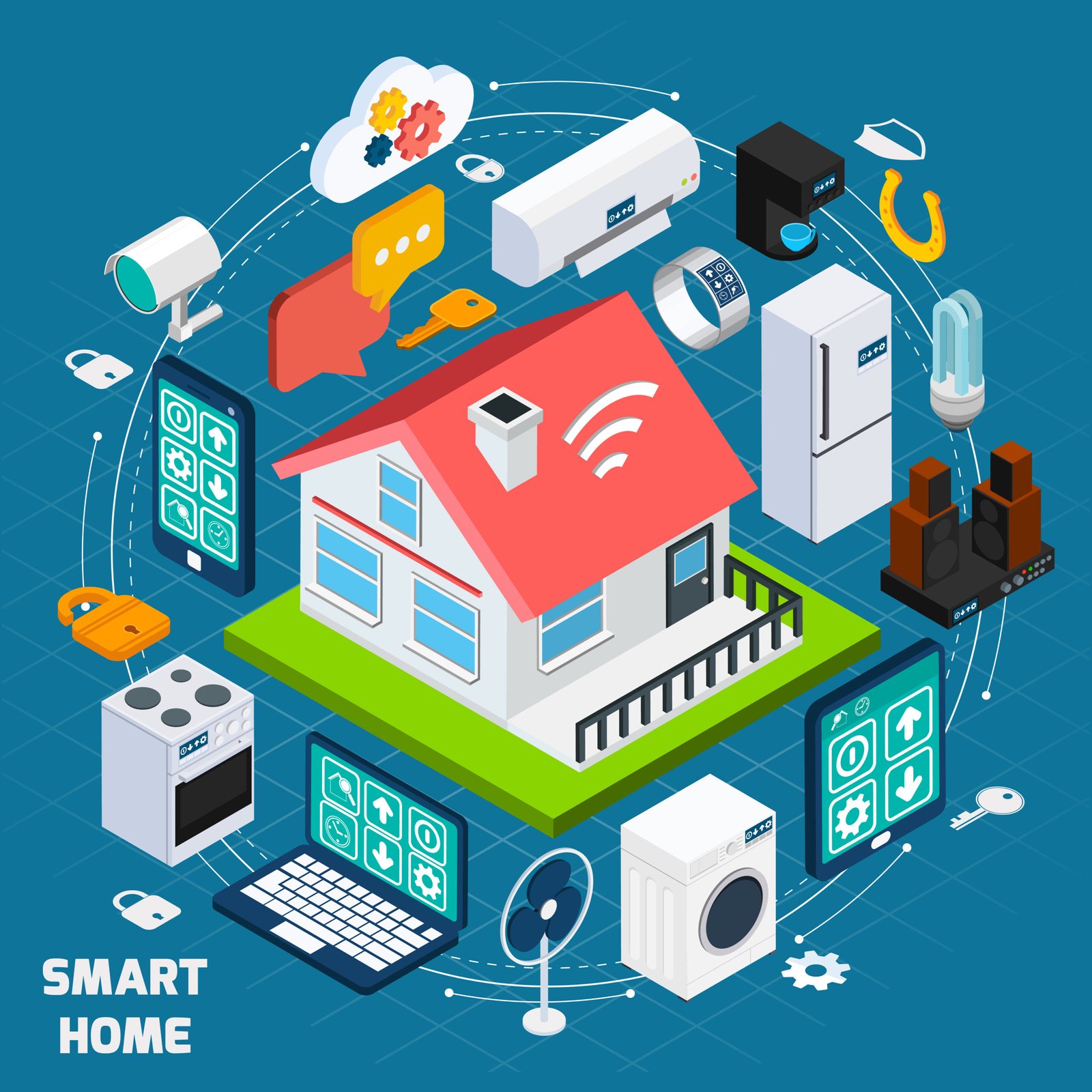

Подбирал – у каждого продавца мнения расходятся. То говорят “только итальянская”, то “местный производитель надежнее”. Обнаружил подборку с материалами, в которых профессионалы оценивают материалы без рекламы. Теперь знаю, что покупать
Каталог будівельних сайтів